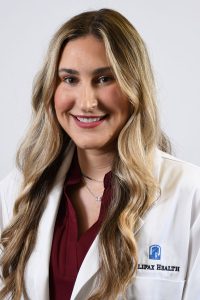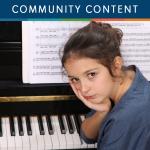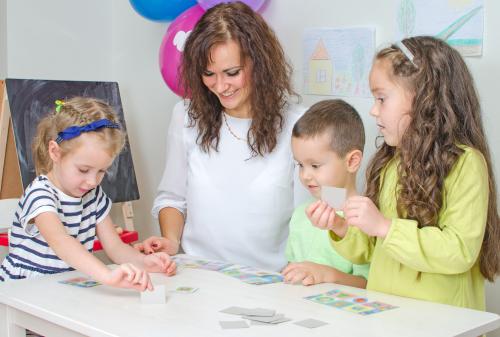
As a pediatrician, one of my most important roles is providing and advocating for life-saving vaccines in our community. I pride myself on being a good listener when it comes to vaccine hesitancy and giving accurate and non-biased information on why you should or should not vaccinate your child, but I have noticed a trend. When it comes to the HPV (human papillomavirus) vaccine, there exists a strong aversion to this life-saving vaccine that prevents cervical, vaginal, vulvar, penile, anal and head and neck cancers. So the question becomes, why is there such a strong inclination for parents to not want this safe, FDA-approved vaccine with over 15 years of data showing its effectiveness at preventing cancer?
One of the leading arguments from parents currently against administering the HPV vaccine has been, “Why do I need to give my child a vaccine that prevents an STD when they are not sexually active?” Though it is a valid argument, my intention in writing this article today is to demonstrate why this theory actually places your child at higher risk for HPV-related infections. Just like any vaccine, the goal of the HPV vaccine is to prevent the patient from getting HPV prior to being exposed. Your child may not be sexually active now, but at some point in their life, they will be. Studies have shown over and over that we have the best chance of protecting children from HPV if they get the vaccines prior to being exposed to the virus due to our immune systems being more astute at a younger age. In medical terms, children who receive the HPV vaccine series in the desired years of 9-12 actually produce more antibodies against HPV, as opposed to children aged 13 and older. This means more “warriors” to fight off the infection if your child does, in fact, get exposed. Who wouldn’t want that?
Another bonus of getting the vaccine at an earlier age is fewer pokes! Children from ages 9-14 only require the two-dose HPV vaccine series, while those who get the vaccine above the age of 15 need the three-dose series. It is, however, important to note that if your child does have a condition that makes their immune system weaker, they may still need the three-dose series from ages 9-14 to provide them with more protection.
Still not convinced? Let me give you some more data on the effectiveness of the vaccine from current clinical trials that are ongoing about the effectiveness of the vaccine. Within the first 12 years of the vaccine being on the market for use, the four HPV strains that you get protection from with the Gardasil shot decreased by 88% among females aged 14-19 years old and 81% among those females aged 20-24. Also reported is that cervical lesions that are directly related to HPV strains protected by the Gardasil vaccine have decreased in vaccinated women by 40%.
I think it’s safe to say that at this point, there really is enough data and success behind the HPV vaccine to support protecting your child from an illness that three out of four adults will encounter by the time they are 30. Also important to remember is that this vaccine is not just for girls but for boys as well. This is great news since males are the carriers of the infection and spread it to their partners.
The time is now to talk to your child’s pediatrician to discuss and schedule their HPV vaccination series.
McClung NM, Lewis RM, Gargano JW, Querec TD, Unger ER, Markowitz LE. Declines in prevalence of human papillomavirus vaccine-type infection among females after introduction of vaccine — United States, 2003–2018. MMWR. 2021;70(12):415-420.
McClung NM, Gargano JW, Bennett NM, Niccolai LM, Abdullah N, Griffin MR, et al. Trends in Human Papillomavirus Vaccine Types 16 and 18 in Cervical Precancers, 2008-2014. Cancer Epidemiol Biomarkers Prev. 2019;28(3):602-9.









